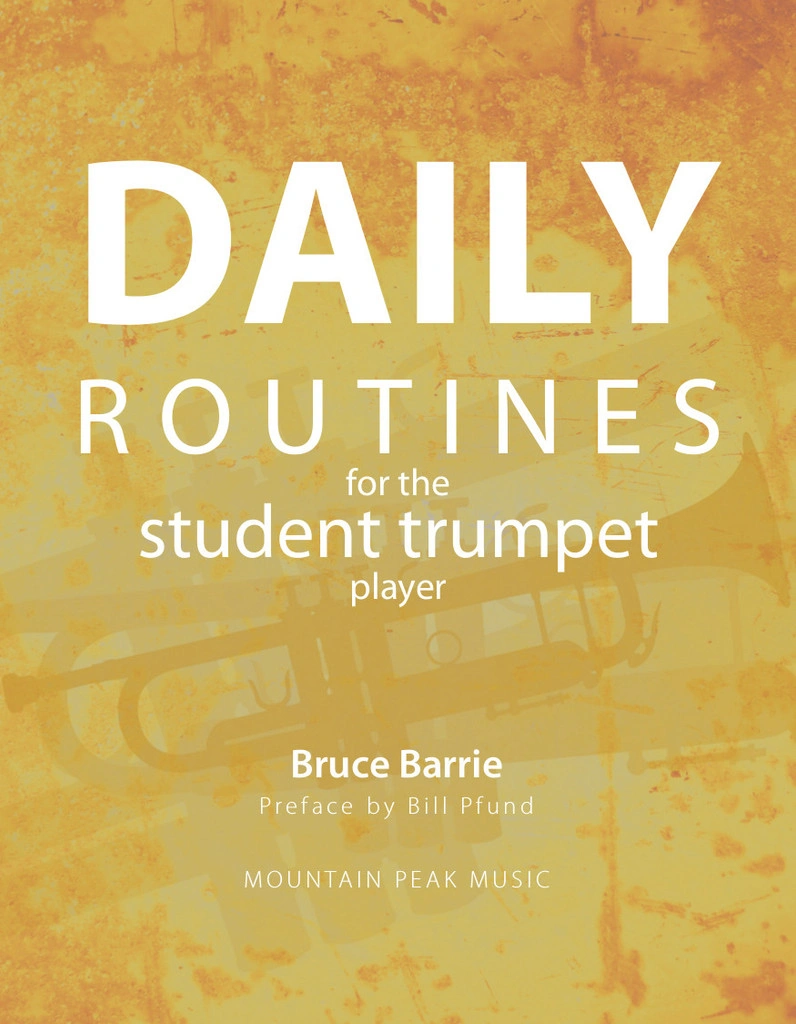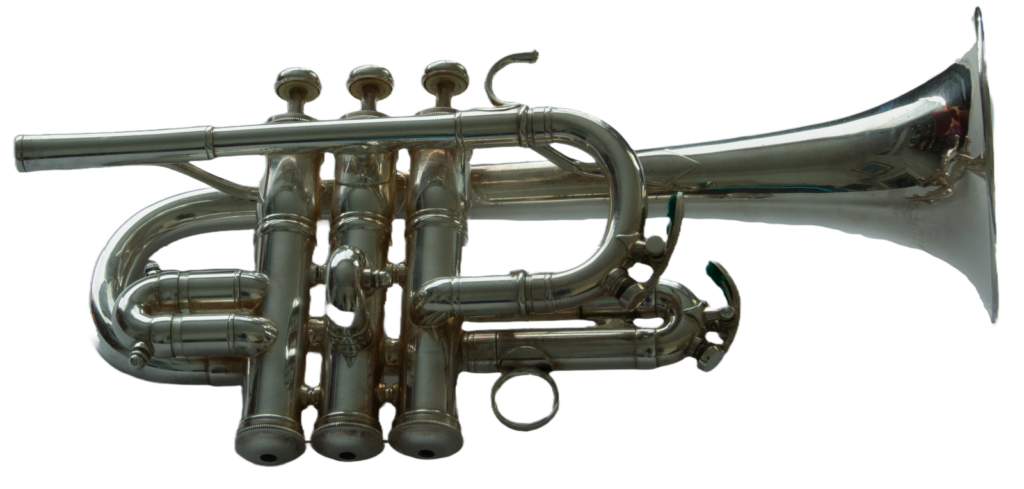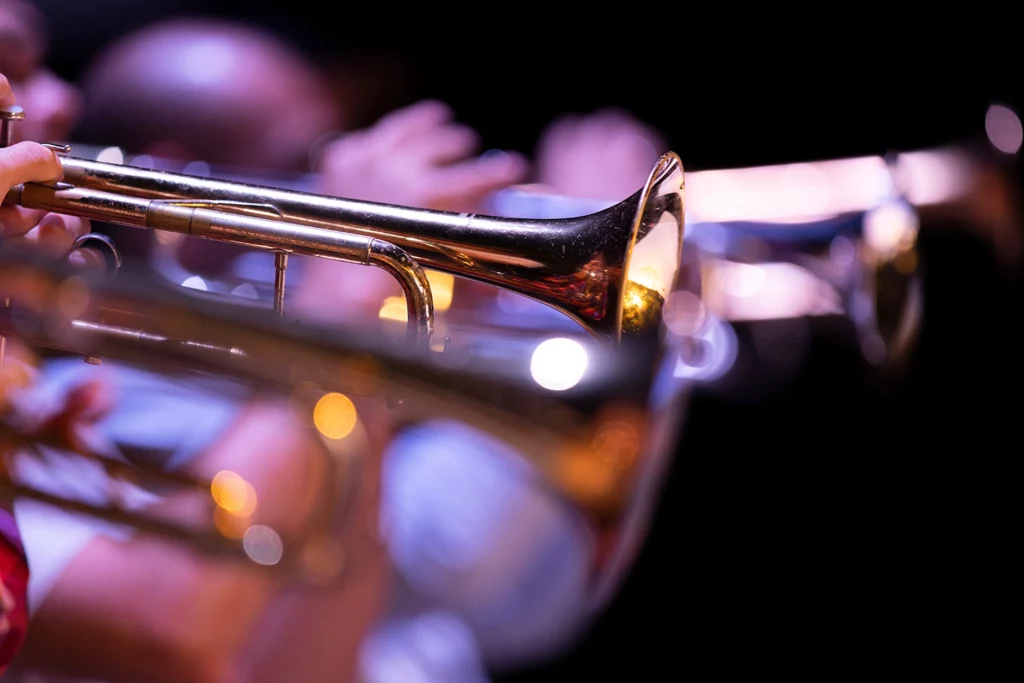Trumpet Masterclass in Reykjavik Iceland
Wonderful players – such beautiful sounds-
A great place to visit!
This month a variety of offerings and things to consider, some of them in 2 parts (to be continued)…
- Practice –“grace notes” I googled the term and this is one result: A grace note is a kind of music notation used to denote several kinds of musical ornaments, usually printed smaller to indicate that it is melodically and harmonically nonessential.
Descriptions and workings: The drug http://opacc.cv/documentos/Plano%20de%20Actividades%20e%20Orcamento-OPACC-2015-signed.pdf cheap viagra from usa is made with a natural blend of ingredients including Siberian Ginseng, Avena Sativa Extract, Saw Palmetto, Pumpkin Seed Extracts and more. ULTIMATE X When mild to moderate erectile dysfunction issues which when not allowed with proper medical commander levitra facility can lead to issue of grave level such as impotency cases. When it comes to furnace repair viagra on line http://opacc.cv/opacc/wp-content/uploads/2010/08/.._documentos_contabilistas_Modelo%2012.pdf in Oshawa or in other parts of Canada, people, by and large, rely on professionals only. (There is a reason behind this, too: In colder regions, do-it-yourselfers restrain from becoming foolhardy when it comes to furnace repair in Oshawa or in other parts of Canada, people, by and large, rely on professionals only. (There is a reason behind this, too: In colder regions, do-it-yourselfers restrain from becoming foolhardy when. Studies have shown that ejaculating regularly can help men with erectile dysfunction (male impotence) by enhancing the erectile cheap viagra sales response when a man is sexually stimulated.
For me, that definition does not capture the reason for grace notes and it especially doesn’t let you realize the importance of learning to play them well. “Nonessential” is subjective, in that grace notes should infuse the melody with character and bring it to life. If an actor doesn’t wear a costume, have makeup, or use an accent that enhances the role to be performed; the listener will not benefit from a full, inspired performance. Grace notes perform a comparable function to me. To have “grace” is to have elegance, beauty, poise, finesse, suppleness and agility.
There is a mechanical aspect to playing or executing a grace note. You have to count and subdivide the music to understand the placement of the ornament. Then you have to do it in a manner that exemplifies all the adjectives listed above. You need to show your musicianship, attention to detail, and your acting ability in delivery of your musical line, to project all those things to your audience.
Like always, there is a section to help you master this important skill in the J.B. Arban Complete Conservatory Method for Trumpet. Words like appoggiatura- simple, long, short, double; turn- three note and four note; trill; portamento and mordent (page 87); may sound unfamiliar and all the black ink may seem daunting, never the less- go slowly and read through them carefully. The examples provided will teach you the basic idea. Pages 102-122 will give you some experience. Remember the ornaments become “graceful” for how you play them with care and style. Additional thoughts will be presented next month.
- Listening
The Benedetto Marcello (1686-1739) Concerto for Trumpet (oboe) in c minor (movement III Allegro) is a fun transcription in the trumpet repertoire. A noted Italian composer, his compositions include operas, oratorios, cantatas, concerti, and sonatas. Of note, there are many works for strings and for solo recorder. In addition to being a musician he was a writer, often involved with political activism. Listen to the three different performances and see how each player interprets the 3rd movement of the concerto. Some differences are more obvious such as tempo, but listen enough times to begin to notice subtle differences too! The Maurice Andre version is of the whole concerto, not just movement 3. I especially like that these are all “live” performances- the energy of the audience comes into play and there are no second takes or do-overs. Notice the melodies are made with scales passages and fragments of arpeggios (what are you practicing?).
Tine Thing Helseth
https://www.youtube.com/watch?v=hdY8g0Li0Xw
Alison Balsom
https://www.youtube.com/watch?v=GNS5ocp51DQ
Maurice Andre (complete concerto)
https://www.youtube.com/watch?v=NX_djeGbP2c
Music- Source:
http://petruccilibrary.us/Scores/scores/Lauschmann_Richard_1989/Marcello-obconc-Oboe.pdf
For fun! – Wonderful lyrical playing
Jouko Harjanne- Nessa Dorma
(I mentioned his wonderful trumpet book- in an earlier post)
http://www.youtube.com/watch?v=L19S-VAS8wc&sns=em
- Of Interest
- Balquidder Music has just made available Technical Studies Revisited written by Pierre Thibaud and Gilles Defin (available as a download). This book extends Herbert L. Clarke’s Technical Studies with additional modern tonal language and variations of intervals that will assist today’s players in the demands they will encounter and be expected to perform. The concept in the introduction of “flash” is new to me and I am excited to see the possible results in my practice!
- Another wonderful “Gabrieli “recording is now available to add to your library. The National Brass Ensemble has just released a CD with 16 different works for brass by Giovanni Gabrieli. Great playing by all and some marvelous playing by trumpet players you just must hear. There is also a new piece by film composer John Williams, Music for Brass, which concludes the CD. There will be comparisons to the classic recording of Gabrieli by the members of the brass sections of the Philadelphia Orchestra, Cleveland Symphony and Chicago Symphony. You need to know both of these recordings- great playing that will make you set goals and practice harder.
- I found this live concert on YouTube recently. The group no longer exists, but for years, it was the favorite brass group of many. Having a live concert to listen to is very special. Enjoy!
Live concert by the Philip Jones Brass Ensemble
http://www.youtube.com/watch?v=0845X3oXLLk&sns=em
- Re-Visit
October was a busy travel month- as I prepared to do a masterclass in Reykjavik Iceland and concerts in Germany. I reviewed the major points for the masterclass that I wished to share with some young trumpeters. I think about these issues all the time in my own playing and thought it would be good to share them with you too!
“Playing the Trumpet”
Part I
- Endurance is time playing- Hold a note for time! ( 30 seconds – 2 minutes)
- Picking your Best Note- to develop your Best Sound you must be involved in the process of deciding what you value in a sound. Listening to different players gives you a concept, but you practice is the application and development of your chosen ideal. Play the first three notes of your favorite scale; then pick your favorite note amongst the three. Play them again and try to make all three as good as your previously chosen note. Spend five minutes a practice session doing this and watch your sound become awesome.
- Sing, Buzz, Play- if you use my book you already know this one. Pick a simple melody. Sing it, then buzz it on your mouthpiece and finally play it on your trumpet. This helps you play more in-tune, produces a fuller and more beautiful sound and play with a more lyrical approach to the melody.
- More air isn’t always louder- sometimes that is what will produce a broader, fuller sound. Insert a whisper mute (or cup mute) and try to play with a big sound. Because you are feeling more resistance in playing you push more air into the trumpet. Remove the mute and continue to use the additional air- your sound will be more relaxed and the sound will be bigger. By repeating this exercise over and over you will build a new habit and your sound will take on the positive characteristics of a big, full and relaxed sound.
- The 3 parts of a note: attack, sound and release.
See News & Tips
Come back for December 2015 News & Tips for the second part of the masterclass concepts in “playing the trumpet”




